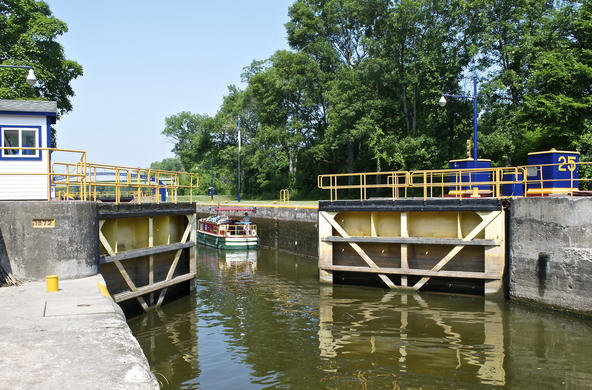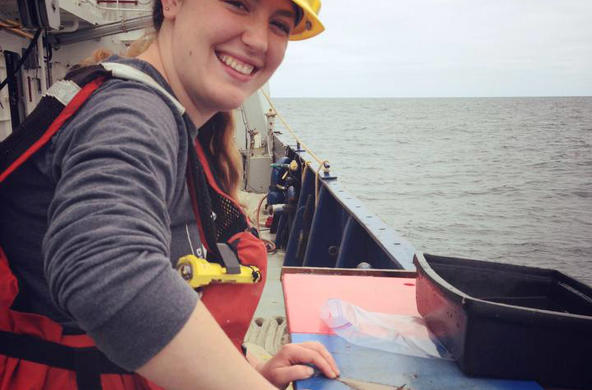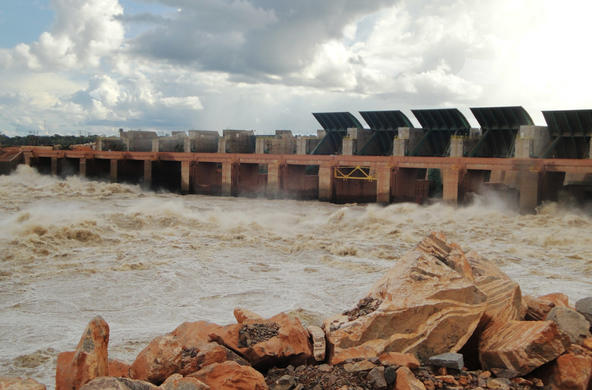Since 2008, the data from real-time monitoring stations operated by the Hudson River Environmental Conditions Observing System (HRECOS) have helped scientists answer basic questions about river processes and enhanced waterway management decisions. With the addition of a new station this summer, HRECOS will not only expand but also gain important new capacities.
In June, the HRECOS pump station at the Marist College waterfront is slated to become fully operational. "As with the other stations, this site will have a complete set of sensors to record what is going by. But at Marist, we will also collect water samples," notes aquatic ecologist Stuart Findlay, who is helping to lead the effort. "Should an interesting event occur, we can turn on the sampling system remotely at any time of day or night. And given the location of the station—about 300 yards downstream of Poughkeepsie's drinking-water intake—the public will directly benefit."
The HRECOS sensors take measurements such as salinity, dissolved oxygen, pH, turbidity, and water elevation. Capturing water samples will allow analyses of contaminants such as PCBs and pharmaceuticals as well as potentially harmful bacteria. "It is rare to have a continuous record of conditions in a water body coupled with the ability to collect water samples at critical times. Most environmental monitoring occurs during daylight and good weather despite the fact that storm events and accidents can happen at any time. This additional capacity will significantly increase our knowledge about what's going on in the Hudson River," comments Findlay.






